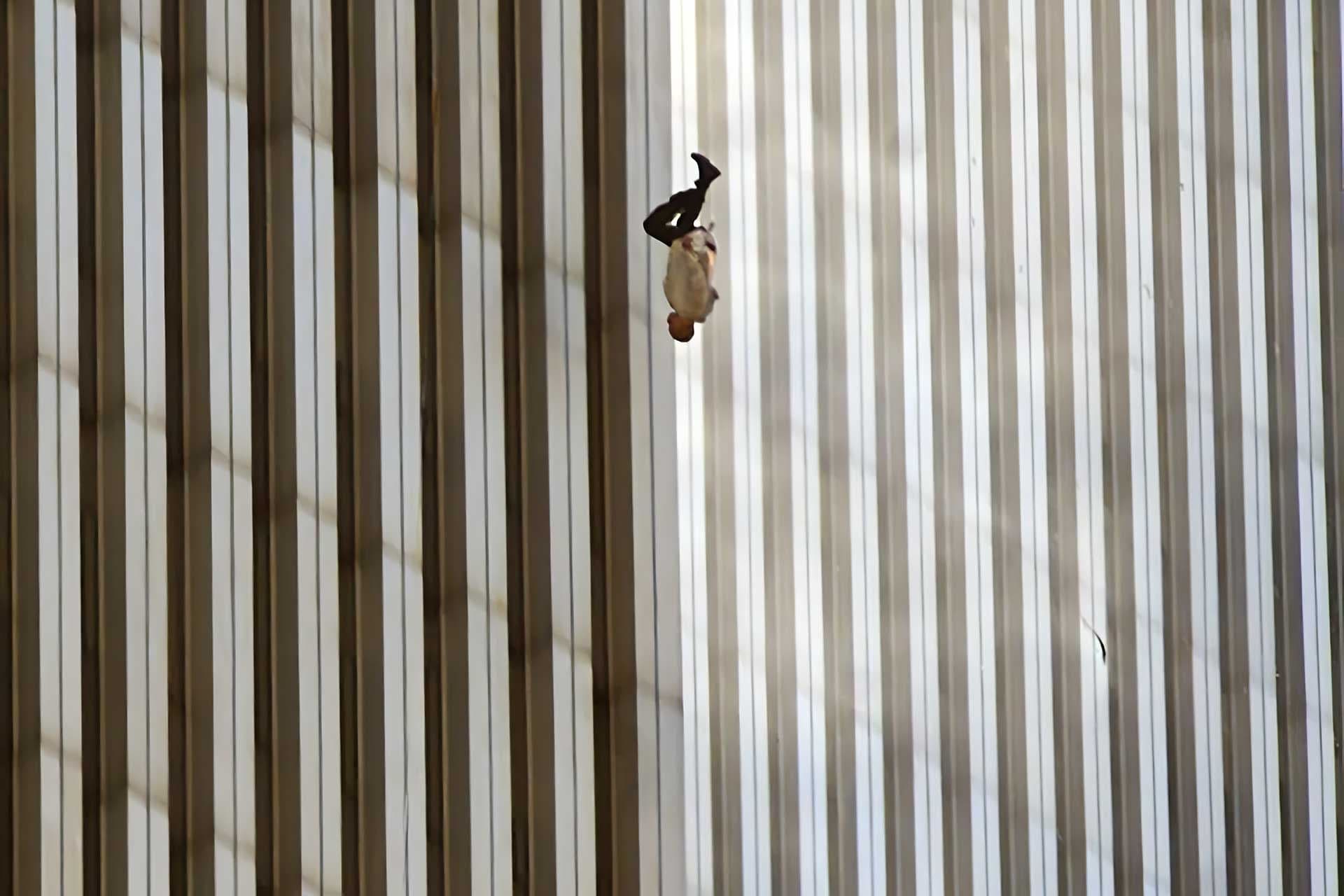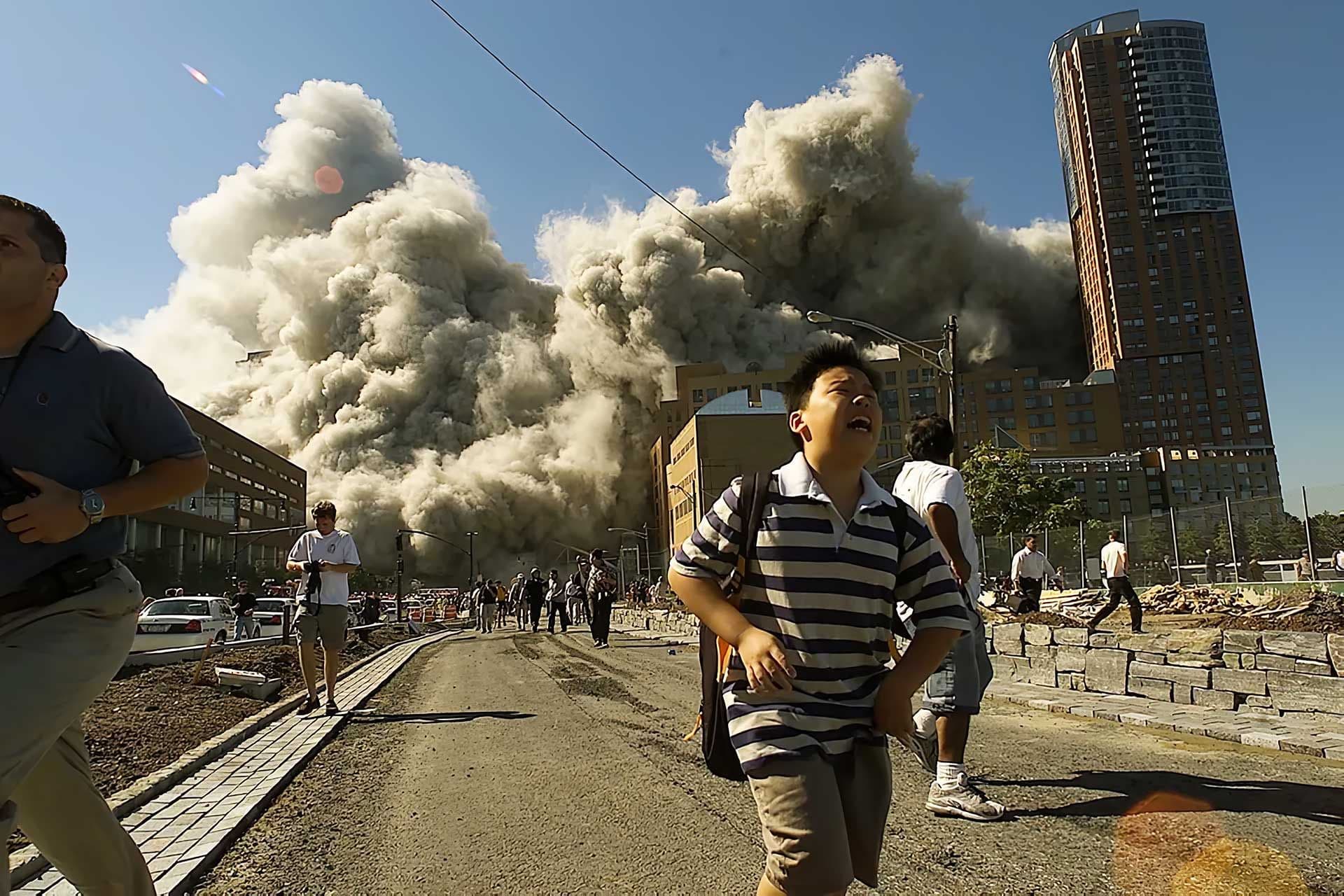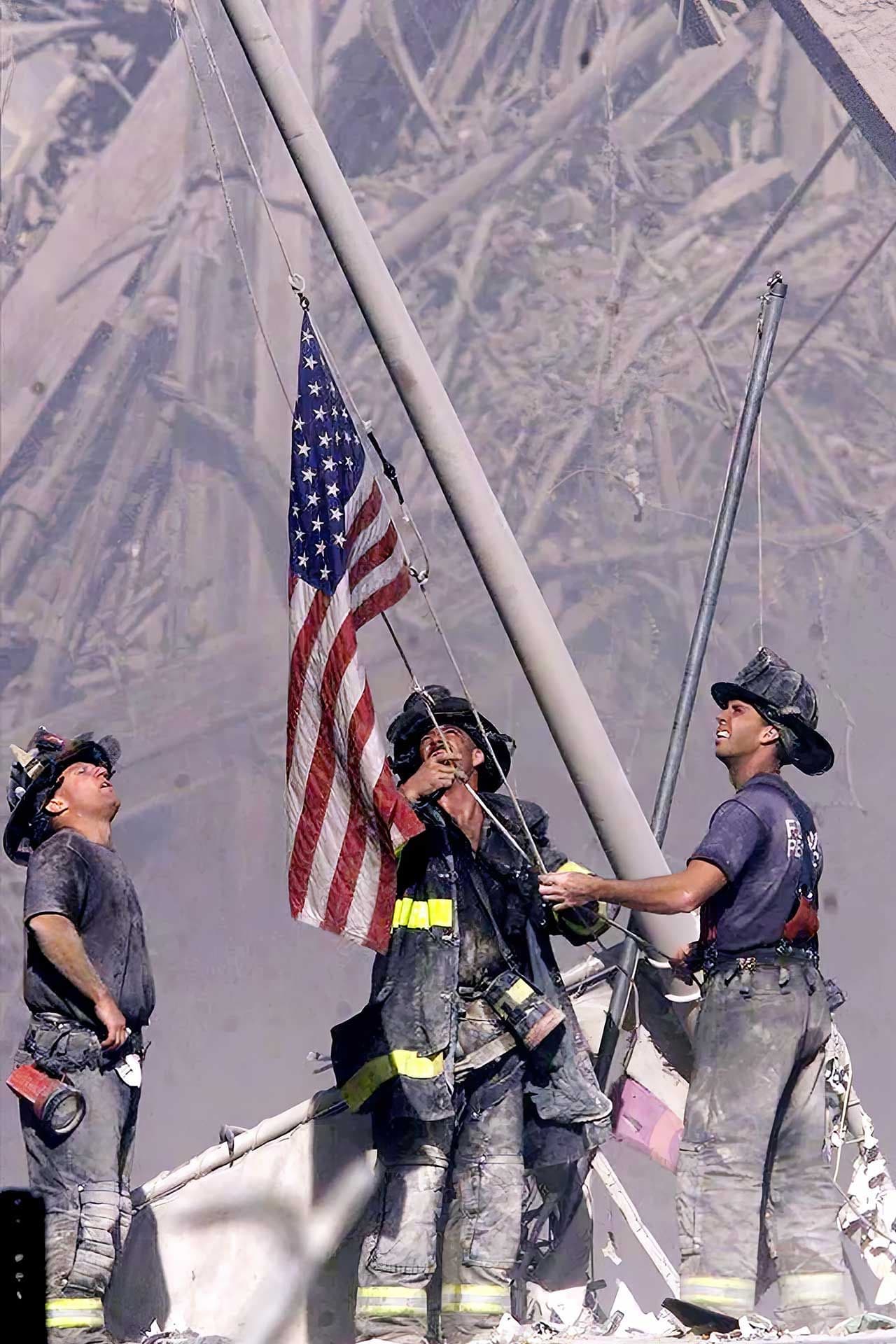The Unspoken Stories in the Photos of September 11
Mahacaraka® Press
In times of great tragedy, photographs frequently speak louder than words. On a clear September morning in 2001, the world witnessed one of the most catastrophic attacks in recent memory. While news coverage and publications chronicled the day's events, it was the famous images that permanently carved those moments in the collective memory. These photos transcended the turmoil, giving shape to emotions that appeared too tremendous to express in words. Among the dust and debris, certain images stood out—not only as evidence of destruction, but also as expressions of human tenacity, sadness, and solidarity. These photos served as anchors, allowing millions of people around the world to make sense of an otherwise unfathomable occurrence. For many, the photographs were their first exposure to the scale of the calamity, providing an emotional connection to an event that would change the twenty-first century.
During times of crisis, pictures become an indispensable medium for storytelling. They capture not only the details of an event, but also the feelings that surround it. The photographs from this sad day were no different. They acted as universal languages, crossing borders and cultures to instantaneously communicate the enormity of the event to every part of the world. From the collapsing skyscrapers to the smoke-filled skyline, each photograph appeared to stop time, capturing raw human emotion in a way that words could not.
However, these photographs become part of history rather than simply capturing it. The importance of imagery in times of tragedy, as shown during these attacks, is critical—not only for recording, but also for the emotional resonance it offers. They are more than just still images from a calamity; they are testaments to shared grief, suffering, and, finally, recovery.


Certain photos from that day became iconic, influencing how the public recalls the event. Thomas Franklin's shot of three firefighters raising the American flag over the rubble at Ground Zero remains one of the most powerful emblems of hope and endurance. This photograph, like the famous World War II image of soldiers raising the flag at Iwo Jima, served as a reminder of the American people's indomitable spirit.
"The Falling Man," by Richard Drew, is another iconic shot. It depicts an unknown individual in mid-fall after leaping from one of the towers. The photograph ignited heated debates about human dignity, the nature of suffering, and how people make decisions when confronted with the unspeakable. "The Falling Man" is still one of the most disturbing images of the time, forcing viewers to confront the human cost of the calamity in an intimate, deeply personal way.
Each classic photograph tells a story—not just about the photographer, but also about the individuals captured in time within those frames. These photographs feature the faces of first responders, regular people, and unidentified casualties, offering as harsh reminders of the human beings at the heart of the tragedy. These human experiences make the actual weight of the event more tangible. For example, several of the firefighters captured at Ground Zero became heroes, their photographs representing bravery in the face of insurmountable odds. The images of individuals fleeing the collapsing skyscrapers, coated in ash, and citizens watching in despair from the streets serve as a constant reminder of the frailty and fragility of existence. However, each shot contains a silent tribute to the innumerable unsung heroes who appeared in those tumultuous times.
Photographers on the ground that day faced unprecedented hurdles. Capturing these moments required enormous courage and mental focus as the attack unfolded in real time. Photographers such as James Nachtwey, noted for his work in conflict zones, photographed the spreading mayhem while balancing the necessity to capture history with the ethical implications of documenting such severe human misery. These photographers, often at considerable personal risk, produced photos that were more than just snapshots, but historical records. Their work proved critical to the global understanding of the event, influencing how the world perceived and digested it. Each photograph presented a story that went beyond the confines of New York City, conveying the seriousness of the moment to all viewers, regardless of where they were.
The photos from that day had a global impact, shaping not just America's but also the international community's reaction to the catastrophe. As the photographs spread through traditional and digital media, they elicited a sense of shared empathy beyond national lines. The scenes of destruction, heroism, and sadness brought people together in their grief, making the attacks a worldwide experience rather than just an American one. The images of smoke pouring from the towers, people fleeing the streets, and first responders running towards the rubble were instantly recognised around the world. In the aftermath, these photos came to represent both fragility and resilience. They enabled the global public to engage with the event in ways that would have been unthinkable without such visual documentation.


Photographers faced ethical challenges when recording such a sensitive and tragic occasion. Editors and photographers were forced to make difficult decisions about what to show and what to keep. Balancing the public's right to see history with the obligation to protect the victims' dignity was an ongoing struggle. Photos like "The Falling Man," while striking, provoked controversy about whether such intimate depictions of death should be shared with the public. This ethical tightrope walk serves as a reminder of photography's difficult role in capturing history. It portrays reality in its most raw form while also navigating the emotional and moral ramifications of depicting suffering, particularly on such a large scale.
Following the disaster, photography continued to play an important role—not only in recalling the attacks, but also in chronicling the recovery process. Images of New York's resiliency, ranging from the Tribute in Light to the first steps towards rebuilding the World Trade Centre, were strong emblems of hope and healing. Photos of survivors, first responders, and relatives visiting memorial locations served as reminders that life went on and that, albeit slow, healing was possible. These images have become as much a part of the event's legacy as photographs of the attacks themselves. They represent not only loss but also rejuvenation, emphasising the resilience of the human spirit.
The significance of these classic photos continues to influence how we recall that awful day. They have been kept in museums, memorials, and history books, so that the stories they tell will never be forgotten. They serve not just as historical records, but also as lessons for the future, reminding us of the strength that comes from solidarity, even in the face of tremendous odds. As we look on the photos from that day, we are reminded of how powerful photography is in changing our view of history. These photographs continue to elicit strong emotions and will forever represent the fragility and resilience of the human soul.